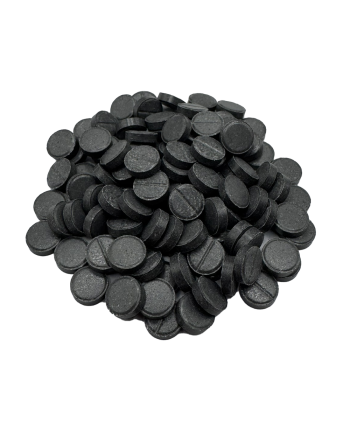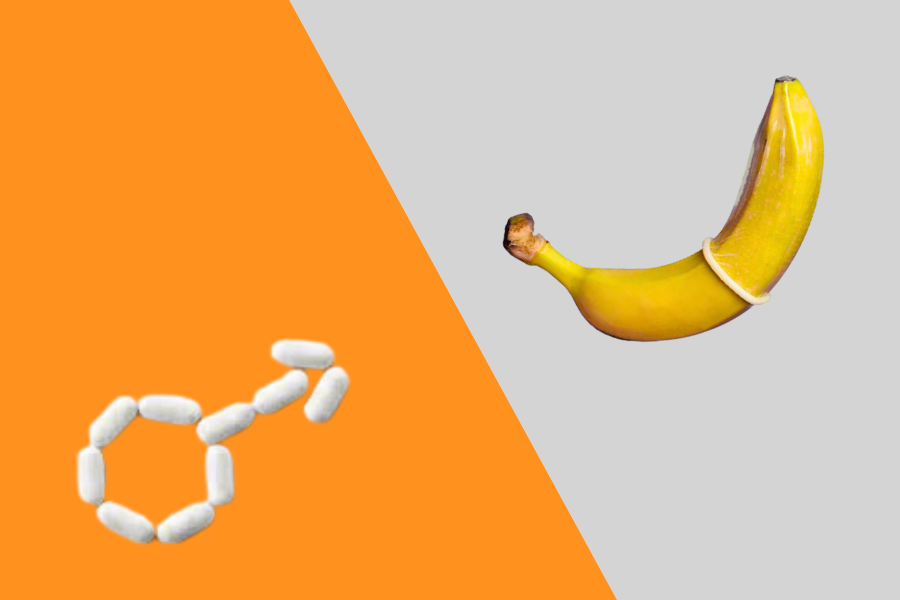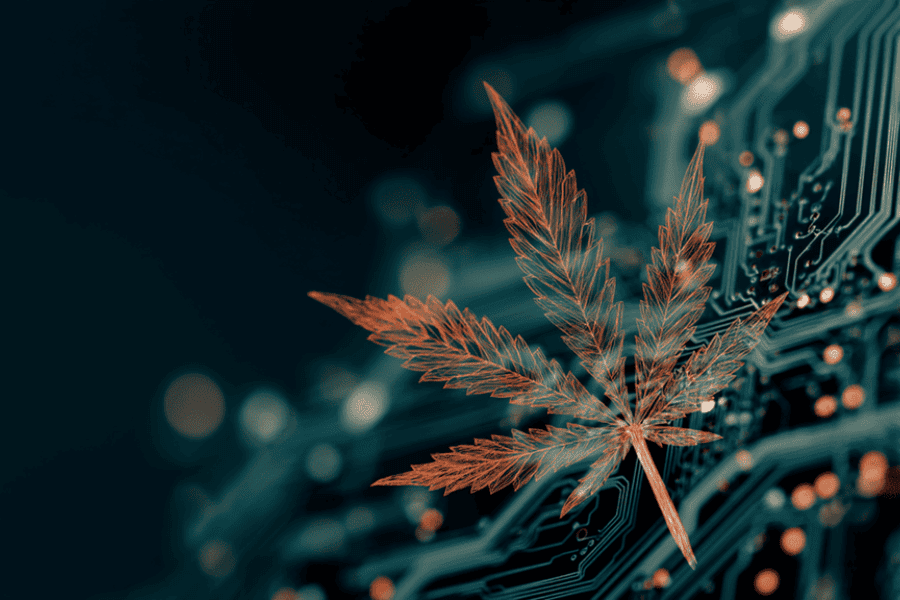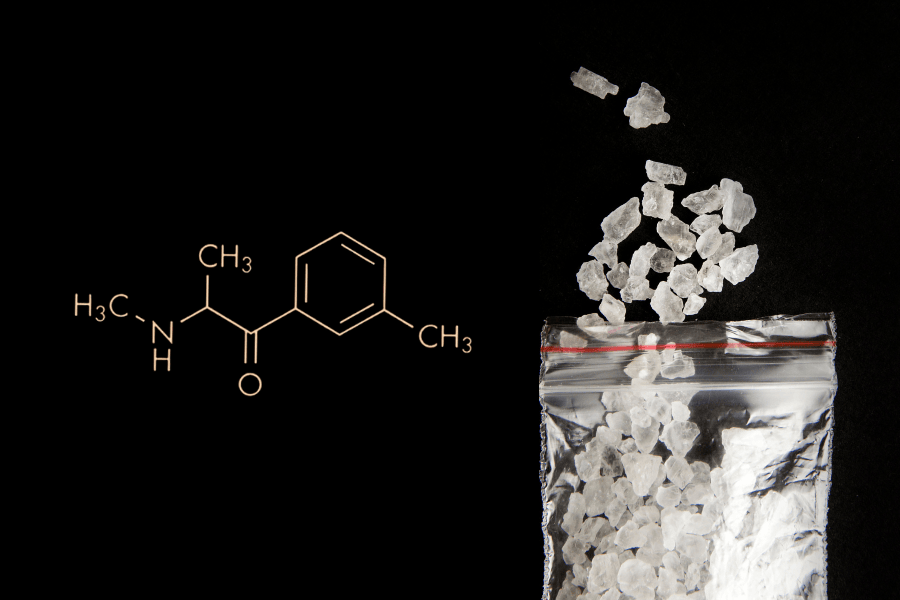All about ketamine: its side effects, effects and risks
- Funcaps
- Blogs about research chemicals
- 4 Nov 2024
- 27views
- Reading time: 4 minutes

Ketamine is originally used as a medicine for pain and as an anaesthetic during operations. As an anaesthetic, ketamine has a number of side effects, such as hallucinations, which is why other anaesthetics are increasingly used in operations. Ketamine is also often used as a recreational drug thanks to its side effects such as hallucinations. In the party scene, it is used as a trip drug with a dreamy intoxication. In this article, you will learn more about the effects and side effects of ketamine and the risks associated with taking this trip drug.
What is ketamine?
Ketamine is originally a medicine. People use it as an anaesthetic in operations and as a painkiller. Some doctors even use ketamine to treat depression, but whether it can be used in this way has not yet been conclusively proven. Ketamine has a number of side effects, including hallucinations. A large number of chemical analogues of ketamine have also been manufactured in laboratories with similar effects. These include research chemicals such as Deschloroketamine and 2F-ketamine.
However, ketamine is also a drug that is very well known in the party scene. It is also called Special K or Vitamin K there and is often used as a recreational trip drug because of the hallucinations, which the drug can evoke. As a recreational drug, Special K is snorted or injected in light doses.
Effects of ketamine
Ketamine has complex effects and affects several areas of the brain. Its main influence is on glutamate, a stimulating neurotransmitter. Ketamine inhibits glutamate, leading to a narcotic effect. At the same time, ketamine increases the release of neurotransmitters such as serotonin, dopamine and noradrenaline. Finally, ketamine inhibits the production of nitric oxide. This ensures that pain signals are not easily transmitted.
Impact of ketamine
What effects are observable after taking ketamine depends on the dose strength and tolerance of the person. Ketamine is difficult to dose, so its effects remain unpredictable. At low doses, however, research has shown that a dreamy intoxication is induced. At high doses, you experience dissociative and hallucinatory effects. Other effects of ketamine include:Relaxation
- Euphoria
- Increased sympathy
- Libido enhancing
- Pain relieving
- Feeling of altered composition of your body
- Visual effects, as with 1P-LSD
- Change of perception of time and space
- Stepping outside your body
The most common ketamine side effects
Snorting ketamine leads to side effects, which take place on both physical and mental levels. Severe side effects usually take place at high doses, but a low-dose trip can also turn out to be bad. Possible side effects of ketamine include:
- High blood pressure
- Rapid heartbeat
- Increased saliva production
- Nausea
- Vomiting
- Anxiety attacks
- Panic attacks
- Tantrums
- Amnesia
- Motor ability decreases
- Reduced coordination
- Losing consciousness
- Falling into a coma
- K-holes
Other ketamine risks
The best-known risk of ketamine is addiction. It is an addictive drug, of which you want to take more and more to achieve the same effects. Another well-known risk are ketamine bladders: people who have taken ketamine more often get kidney, bladder and urinary tract problems. This can potentially lead to urinary problems. Other risks of ketamine include:
- Psychological problems
- Death by choking on vomit
- Near-death experiences in K-hole
- Problems with your memory
- Organ damage of a permanent nature
Appearances
Ketamine is most commonly snorted in powder or crystal form. Sometimes it is possible to inject ketamine in liquid form or ketamine is processed into tablets. Injecting Special K usually takes place in the muscles. It can be done in the veins, but then the chances of a K-hole are incredibly high. It is quite difficult to dose ketamine, whereas with this very substance there is only a small difference between light, medium and high doses. It is therefore absolutely not recommended to combine ketamine with other narcotics. This can lead to a comatose state and anxiety attacks/paranoia.
What is a bump?
A small dose of Special K is called a bump. This is a dose of a small line or key point. When you take several bumps, called bumping, it slowly leads to the trip. Compare it a bit to microdosing. When you repeatedly take small doses, you can better control the effects of ketamine. In short, this way you avoid too intense effects of Vitamin K.
What is a K-hole?
A K-hole is a nasty side effect of ketamine. It is actually an intense ketamine experience. People often compare it to a near-death experience, where you cannot move and talk and where you walk through a tunnel towards light. Some people experience this K-hole as spiritual, but others experience it as terrifying.
Dosage and duration of action
When you have taken ketamine, the first effects will occur after five to 15 minutes. The effects last for about an hour, but after this you will not be sober and therefore you cannot drive already. If you opt for a light dose, it is best to take 15 to 30 milligrams. The higher your dose is, the stronger the narcotic effects will be.
Related Posts



















